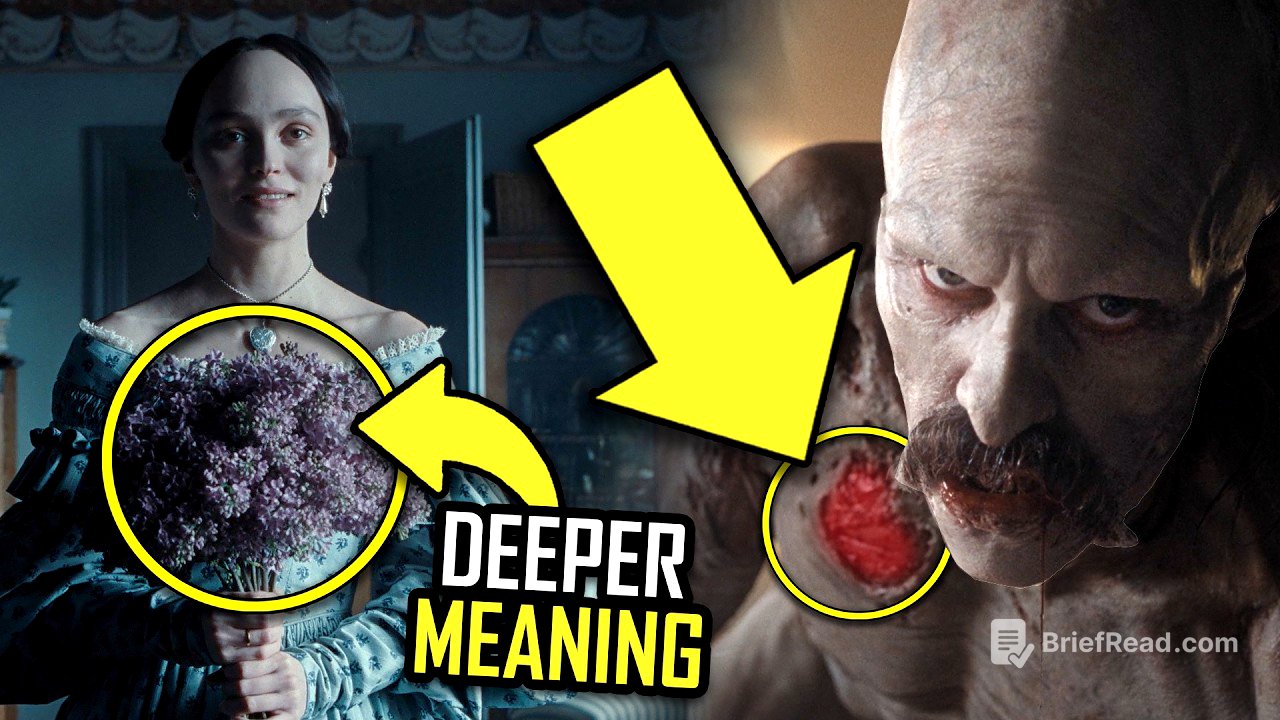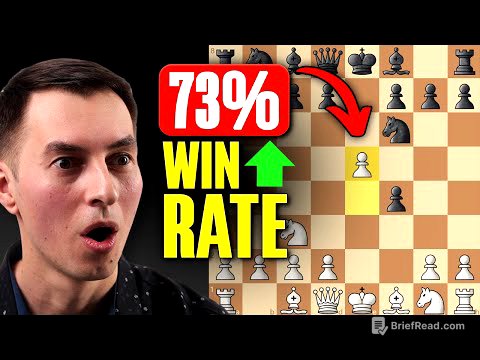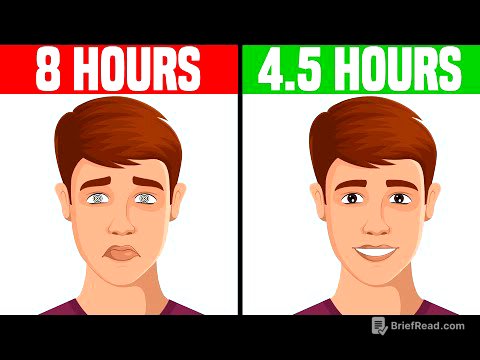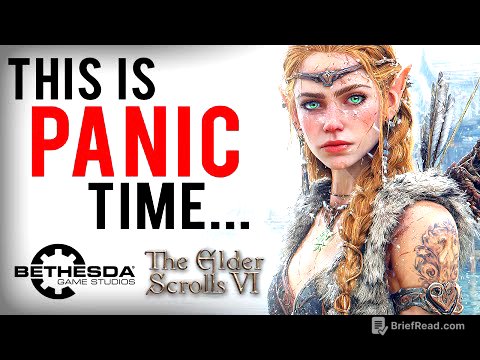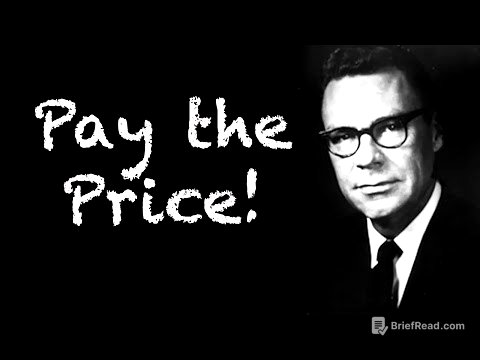TLDR;
This video is a detailed breakdown of the 2022 film Nosferatu, a remake of the 1922 silent film of the same name. The video explores the film's themes, symbolism, historical context, and production details. It also compares the remake to the original film and Bram Stoker's novel Dracula.
- The video highlights the film's themes of sexual repression, societal expectations, and the clash between the old and new worlds.
- It also discusses the film's use of symbolism, including lilacs, cats, and the color white.
- The video provides insights into the film's production, including the use of special effects, prosthetics, and historical accuracy.
Introduction [0:00]
The video begins with an introduction to the film Nosferatu, a remake of the 1922 silent film. The host, Paul, discusses the film's history, including its unauthorized adaptation of Bram Stoker's Dracula and the subsequent lawsuit. He also mentions the film's legacy and its influence on subsequent vampire films.
Development and Story [2:23]
The video then delves into the film's development, which spanned over nine years. The host discusses the film's director, Robert Eggers, and his previous works, including The Witch and The Northman. He also mentions the film's original cast, including Anya Taylor-Joy and Harry Styles, and the changes made to the cast. The host then summarizes the film's plot, which closely follows the original story of Dracula. He highlights the key differences between the remake and the original, including the introduction of the idea that vampires perish in sunlight.
Visuals and Production [4:34]
The video then focuses on the film's visuals and production techniques. The host discusses the film's opening sequence, which features the classic Universal Films logo and a stylized Focus Features logo. He also highlights the film's use of black and white cinematography, which creates a cool aesthetic and evokes the original silent film. The host then discusses the film's night scenes, which are presented in a realistic and immersive way. He explains the techniques used to create these scenes, including the use of a short pass filter and frozen potato flakes. The host also discusses the film's use of movement and dance, which is inspired by Japanese Butoh movements and Jean Martin Charcot's hysteria images.
Characters and Symbolism [6:38]
The video then explores the film's characters and symbolism. The host discusses the character of Ellen, who is given a more prominent role in the remake. He highlights the film's exploration of sexual repression and the psychic connection between Ellen and Count Orlok. The host also discusses the character of Professor Albin, who is based on Professor Van Helsing. He explains the character's role as a vampire hunter and his connection to the occult. The host then discusses the film's use of symbolism, including lilacs, cats, and the color white. He explains the significance of these symbols and how they relate to the film's themes.
The Romani Village [17:44]
The video then focuses on the scene where Thomas encounters a village of Romani people. The host discusses the film's portrayal of the Romani people and their fear of Count Orlok. He also highlights the film's use of garlic as a weapon against vampires, which is a staple of vampire lore. The host then discusses the film's depiction of the Romani people, which is more nuanced and complex than in the original film. He also mentions the director's decision to watch the parody film Dracula Dead and Loving It to avoid clichés.
The Plague and the Doom Voyage [37:27]
The video then explores the film's depiction of the plague and the Doom Voyage. The host discusses the historical context of the plague and its connection to the film's themes. He also highlights the film's use of symbolism, including the boat and the rats. The host then discusses the film's depiction of the plague, which is both realistic and symbolic. He also mentions the film's use of humor, which is used to offset the darkness of the story.
The Climax and the Ending [47:57]
The video concludes with a discussion of the film's climax and ending. The host discusses the film's use of shadows and silhouettes, which are iconic elements of the original film. He also highlights the film's themes of power, desire, and sacrifice. The host then discusses the film's ending, which is both satisfying and tragic. He explains the significance of Ellen's sacrifice and how it breaks the curse. The host also mentions the film's use of German expressionism and its influence on the film's visuals and atmosphere.
Final Thoughts [50:59]
The video concludes with the host's final thoughts on the film. He praises the film's visuals, atmosphere, and performances. He also discusses the film's themes and its faithfulness to the original story. The host then expresses his excitement for the director's future projects, including his upcoming werewolf film. He encourages viewers to watch the film and share their thoughts in the comments.
